December 22, 2015
BURLINGTON, ON
As 2015 comes to a close the look of the city during 2016 begins to become visible.
There are construction cranes are in the air where Lakeshore dips south at the Brant Museum and runs along the edge of the lake as the new hospital rises floor by floor.
Early in January Jeff Paikin, the president of the company that is going to build the three structure Bridgewater project, will take part in a ground breaking event that will signal the start of a project that will change the look and feel of the city’s downtown.
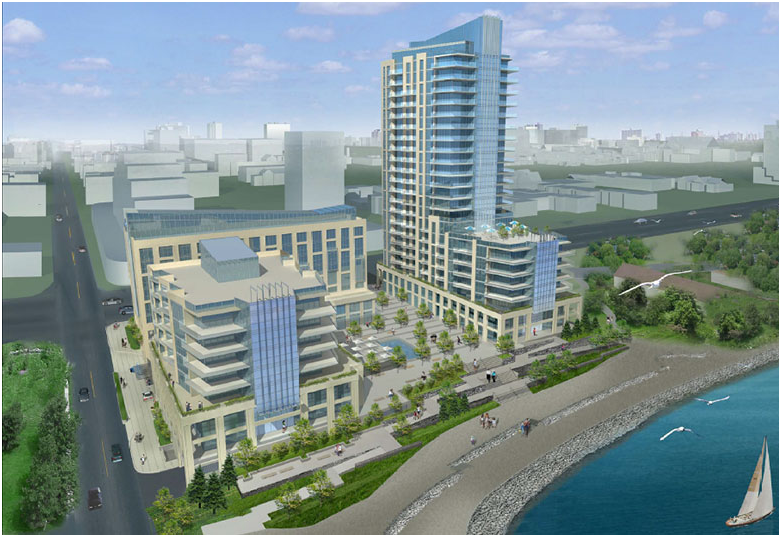
The Bridgewater development that is scheduled to break ground early in the New Year will change the look and the feel of the waterfront forever. It was defined as a “legacy” project when it was approved in 1995.
The Molinaro’s have their cranes up as they begin the development of the five structure Paradigm project.
The Bentley is getting close to the point where it too will break ground at the Caroline and John intersection.
The ADI Group has plans for what started out as a 28 story structure on a small lot. The city of Burlington managed to mangle the file – they couldn’t make a decision within the 180 days the Planning Act gives the city to approve or not approve a development application.
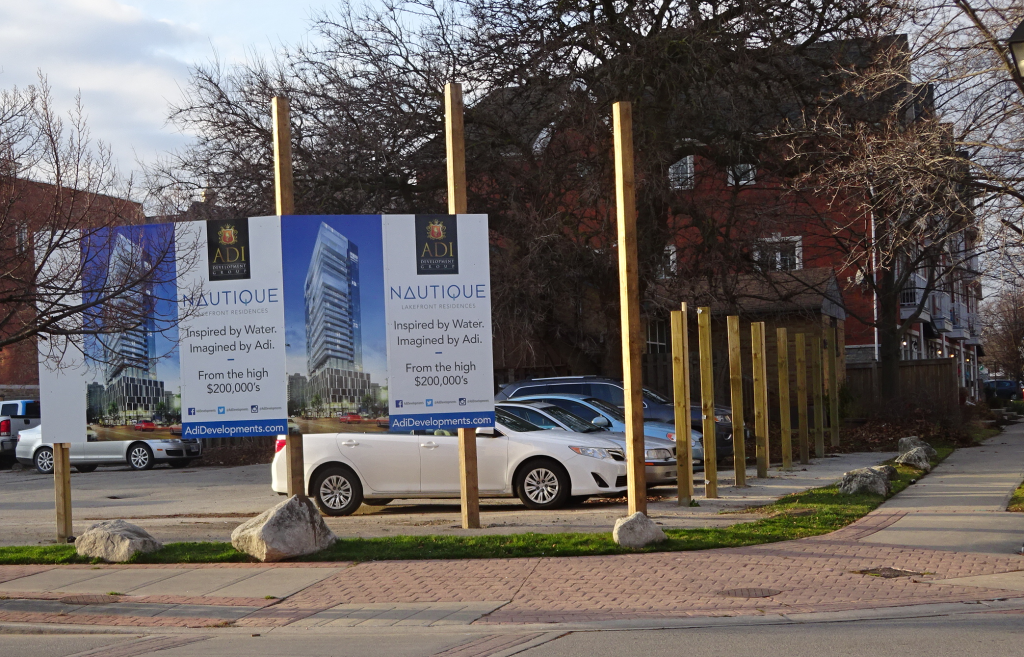
The ADI Group is seeking Ontario Municipal Board approval to put up a 26 story structure on thus piece of property. The design of the proposed structure is on the sign.
That file is a major mess – with not much credit going to the city – ADI took advantage of the right they had to take their development to the Ontario Municipal Board after the 180 day time frame.
The project has since been downgraded to 26 storeys – the OMB hearing is due to take place in March.
Not sure if we will ever see cranes and construction crews on this site. While not approved ADI is nevertheless selling units – a piece of property is not being sold – the right to purchase a piece of property at a given price is being sold – a common practice in the development business. What bothers many people is that the development is subject to a hearings at which the city intends to vigorously oppose the application
Some are convinced that the project will get OMB approval – others in the real estate industry will tell you that it will not get approved. The zoning on the site allows four storeys with a possible eight storeys which is a heck of a leap to a 26 storey application.
The Bridgewater project is going to soar to 22 storeys – the lawyers and the Planners will argue that one out. The project first got serious mention in 1985 and was approved by city council in 1995.
Councillor Lancaster made mention of the 26 projects in ward 6; there are a number of developments taking place in ward 1 where the ADI people are proposing a two stage project that will create a whole new community that has been named Station West.
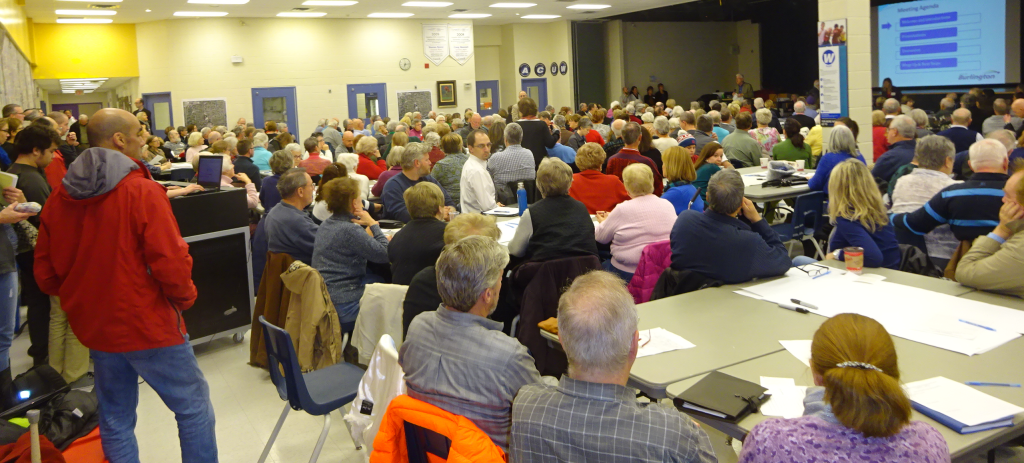
The city got it right with this meeting – they held a community meeting and asked the residents what they wanted to see on the Lakeside Village Plaza site that today is a pretty run-down piece of property.
The really run down plaza on Lakeshore close to NAME might get new life if the views of the 300 residents who met to tell city planners what they wanted to see, in what has been named Lakeside Villa Plaza, match with what the developer and his architect have in mind.
Some developers have learned to meet with a community and hear what they would like to see – and if what the community wants is viable the developer will go forward with a plan knowing that the community is on side.
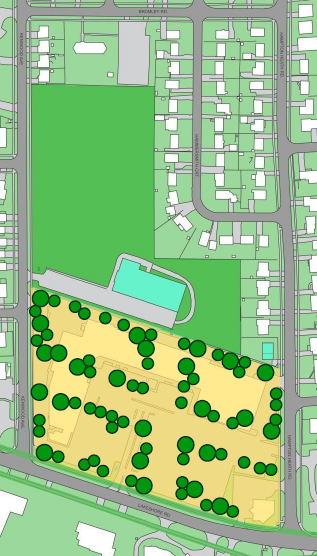
The yellow portion of this graphic is the plaza property – and yes those round green circles are there to represent trees – imagine a shopping plaza with trees.
Ken Greenberg, who was one of the speakers Mayor Goldring brought to the city in his first term, told an audience that the smarter developers have learned to work with a community and develop projects that meet the needs of the community. Add community input to intelligent architecture and an appreciation for the environment and a city planning department that will see itself as part of a collaborative team and you get developments that add to a city and are not seen as mistakes.
Watching and reporting on the public reaction to major changes that are about to take place in the city is something the Gazette looks forward to doing. The upcoming OMB hearing on the ADI development will be interesting to watch as well.














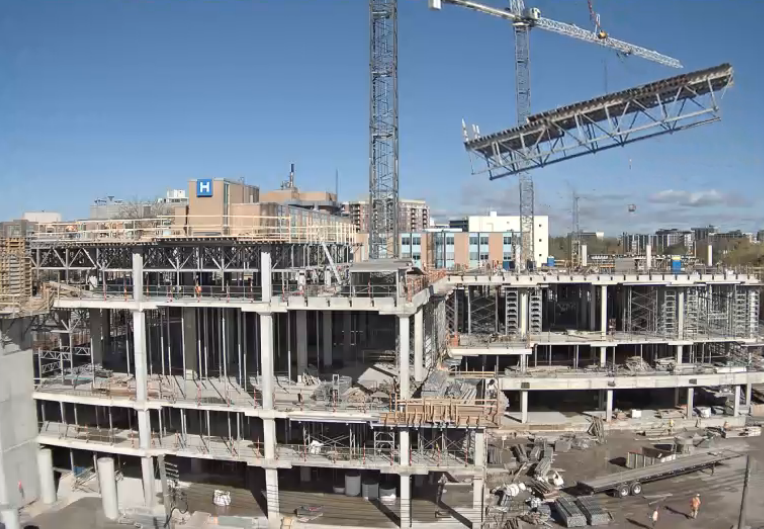





Benefits of Urban intensification?
Sprawling up rather than out is more environmentally friendly. Public transit becomes more efficient. Urban intensification reduces distances between home, work, leisure activities and shopping. The amount of infrastructure, energy and pollution used per person, decreases. Urban intensification conserves farmland and preserves natural areas.
Down side and risks?
Urban intensification increases noise, light pollution and other annoyances associated with increased crowding, which increases stress. Many people don’t like the change to the character and nature of their neighborhoods. These negative consequences and others can be alleviated somewhat by increased accessibility to park lands, green spaces and natural areas.
Could the City of Burlington do Better?
I give Burlington a C on Parks and Green Spaces relative other cities our size and an F on preserving protecting and restoring natural areas. My opinion is based the reports of Conservation Halton which monitors Burlington’s Urban Creeks:
“All of the Indian Creek and Shoreacres Creek stations, MCR-14 on McCraney Creek and SHL-49 on Sheldon Creek were found to be in poor health. All these sites had an extremely low diversity of species with only one to two fish species. The majority caught were generalist species such as Creek Chub or Blacknose Dace. All seven of these stations had very little protective habitat. MCR-14 and all the Indian Creek stations have significant fish barriers downstream. Shoreacres and SHL-49 have shale bedrock bottoms with minimal instream cover available. All the benthic water quality classifications at these stations were found too be impaired”
Those are some sad statements considering that local botanists and field naturalists consider the Natural Areas around Cootes Paradise next to Burlington are arguably Canada’s “Biodiversity Hotspot”.